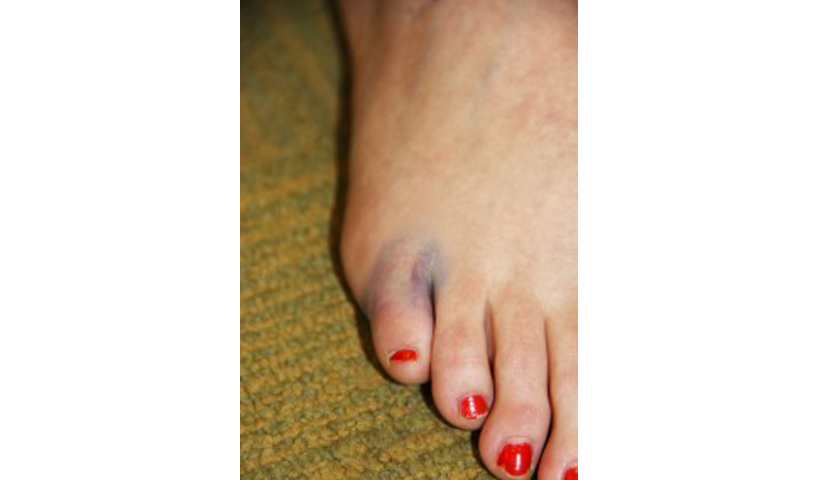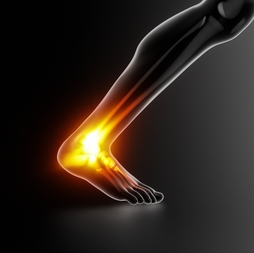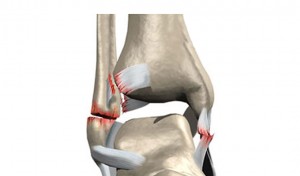
Friction is a powerful force. It helps stop cars from moving, even when they’re racing forward. Enough of it can wear down rocks and carve out canyons. The right kind can even create enough heat to start fires. Friction inside your body, however, can severely damage your bones. You end up with painful issues like subtalar arthritis, which makes normal mobility highly uncomfortable.
Grinding Bones
Your ankle is a complex structure that allows you to point and flex your foot as well as rotate it side-to-side. You have two joints that help you do this—one allows the up-and-down movement, where the talus and the lower leg bones meet, and a second allows the side-to-side motion, where the talus sits on the heel bone. Subtalar arthritis is a painful grinding and wearing down of the tissues between the talus and your heel bone, called the calcaneus.
Typically, you will feel discomfort in the form of a stiff ankle around the hindfoot. You may also notice some swelling on the outside of the hindfoot. The discomfort will feel worse when you engage that joint. Activities like walking on uneven terrain, which requires some side-to-side movement to accommodate it, will aggravate the condition.
This condition is usually the result of a traumatic injury, with the most common cause being an ankle or heel fracture in the subtalar joint. If the ankle doesn’t recover well, the bones may grind against each other and cause pain. Further problems could result from someone overloading the ankle to compensate for a misalignment of the bones or a condition like tarsal coalition. Chronic ankle instability and pre-existing ankle arthritis also strain that lower joint, causing wear and damage. This needs to be addressed before the foot’s injury progresses too far for you to ever regain full range of motion.
Alleviating the Pain
Our doctors will evaluate your range of motion and the extent of the damage to your ankle. This generally requires some diagnostic imaging, general walking tests and a pain evaluation. How your subtalar arthritis is treated largely depends on how uncomfortable your joint is and how much it affects your mobility. Conservative measures are applied first and more invasive treatments are used if you still struggle with pain.
You will need to modify your activities so you don’t strain your ankle so much. Frequently, this means spending less time walking or standing and switching to low-impact activities like swimming. Immobilizing the subtalar joint in a brace reduces grinding. Our staff may recommend comfortable shoes with cushioned heels to help absorb the shock. Custom orthotics will also have padding to help control your hindfoot motion. You may need to ice the joint to decrease inflammation and swelling and reduce pain. We may still recommend anti-inflammatory pain medications as well. If the problem does not resolve, then you may need surgery to repair or even fuse the joint.
Subtalar arthritis can make normal walking difficult, limiting your activities. It doesn’t have to control your independence, however. You don’t have to resign yourself to living with the pain. Let Country Foot Care help you manage your condition and relieve your discomfort. Contact our offices at to schedule an appointment or request an appointment online by clicking the MAKE AN APPOINTMENT button at the top of this page.




